Text: Thomas Masuch; Images: Chiron Group — 5 February 2021
Over its 100 years in business, Chiron has amassed generations of experience in manufacturing and selling machining centers that see use in conventional metal processing. It’s now been two years since the company took the plunge into Additive Manufacturing and began developing its first corresponding system. Having unveiled its new AM Cube in the spring of 2020, Chiron plans to bring it to market in the course of this year. We recently spoke with Axel Boi, head of Additive Manufacturing at the Chiron Group, about the steps ahead, the differences and commonalities between conventional and Additive Manufacturing, Chiron’s other plans, and much more.
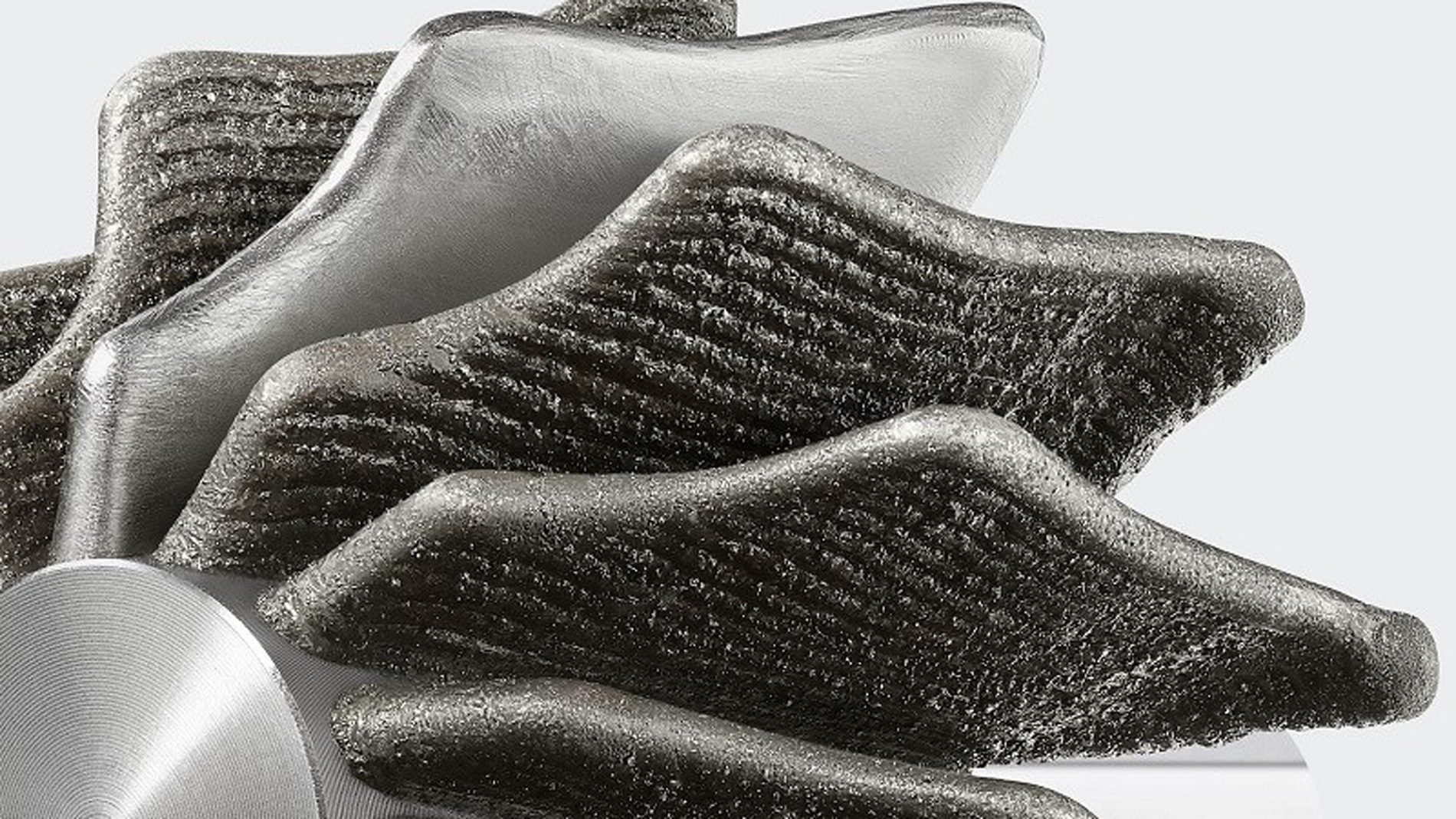
Mr. Boi, most of the providers in the AM market are relatively young companies. The larger, more traditional organizations that have gotten involved have largely done so by means of acquisitions. What prompted a conventional machine manufacturer like Chiron to establish a new AM division and start developing products of its own?
AXEL BOI Let me take you back about five years. That was when I was tasked with taking a close look at metal 3D Printing to determine whether it presented a threat to our machine tools or the Chiron Group’s business model more generally. We came to the conclusion relatively quickly that it didn’t; even today, metal 3D Printing is mainly suitable for producing small or very limited quantities. At Chiron, we deal more in medium-size production runs, complex products, and large-scale series manufacturing. Still, we found the market attractive: Unlike in the case of machine tools, there aren’t that many players involved in metal 3D Printing, and we’re seeing some intriguing growth figures. That’s what originally led us to consider what a Chiron product for the AM industry might look like.
And how did things proceed from there?
BOI We thought our path forward was relatively clear. The powder bed concept was already widely established, and it involves a complex process that a number of providers have covered. Deposition welding, on the other hand, seemed like a good option for us. This process is often still performed manually, which is how it has already achieved a certain level of acceptance in the market. We’ve automated the welding aspect and added in a quality control option.
"We sell the overall solution and offer the right hardware for the job."
How did the Chiron Group succeed in building up and solidifying this new internal business area?
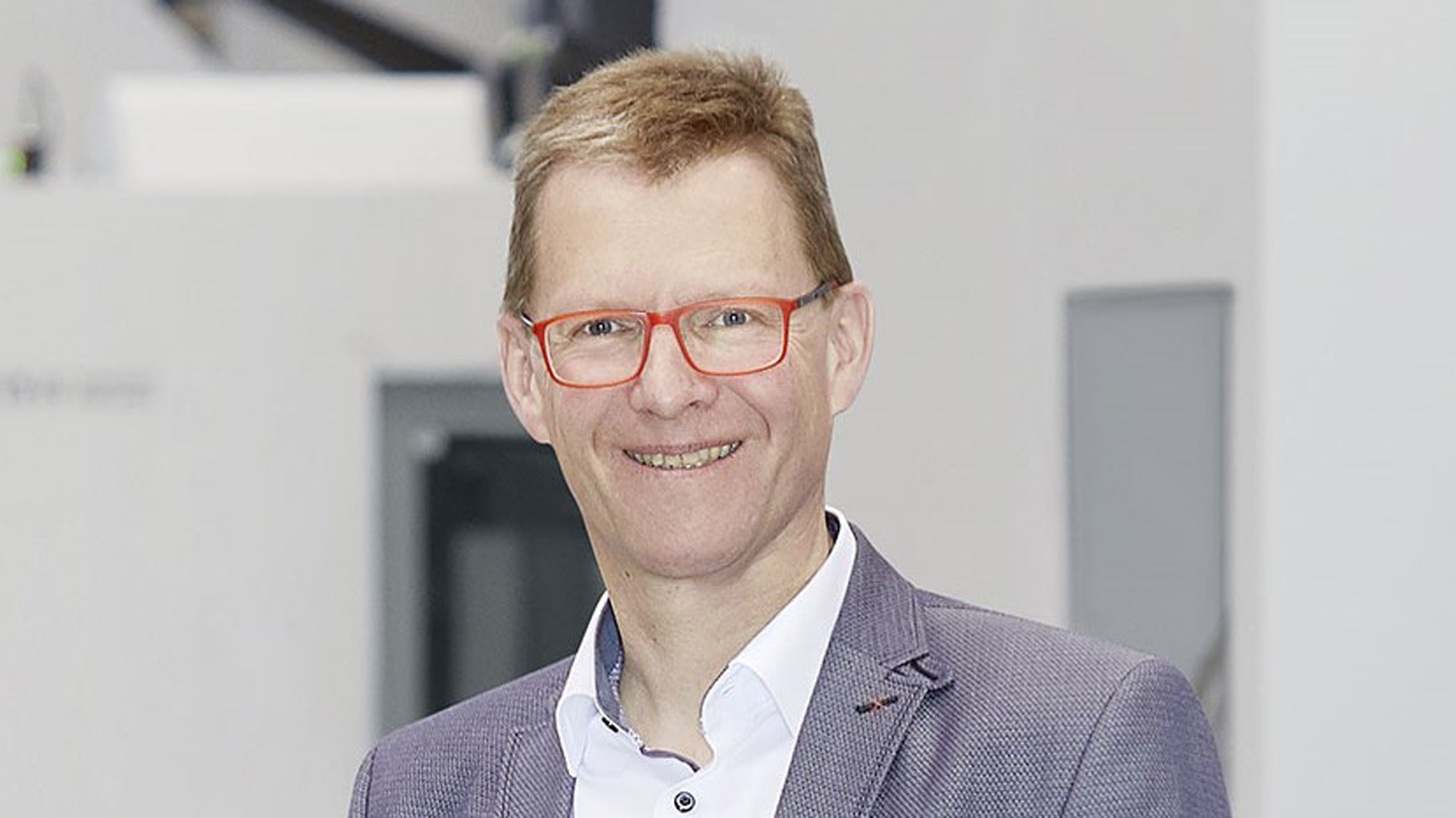
BOI In some ways, it’s taken on the features of a start-up. Ours is a small team that’s agile and dynamic, for example. At the same time, we continue to have access to the Chiron Group’s resources, which we can draw on as required. Our team now has 12 members, but there are around 25 people in total who put their technical expertise at our disposal. That enables us to implement a lot of processes faster than the norm at our company. Chiron’s owners and executives have given us their full support, as well.
The Chiron Group has already established a broad customer base and a considerable network in conventional machining. How can you capitalize on those things in the 3D printing business?
BOI Sales is another area where we’re in a position to take advantage of our group’s widespread network. Those who sell our conventional machine tools are spreading the word that we’re also focusing on 3D Printing now. It gives us the chance to sound out a great many customers and pinpoint those that might be open to Additive Manufacturing. That opens a lot of doors for an AM department like ours. Once a particular project starts getting into the technical details, the AM team starts providing support.
Speaking of sales, what do you think AM systems and conventional machining centers have in common in this regard, and how are they different?
BOI At the Chiron Group, we sell traditional machine tools as products, but also project-related services. These services account for a very significant portion of our revenue: Around half of our projects involve more than »just« a machine, and that share is much larger in 3D Printing – close to 100 percent, in fact. Here, what we discuss with the customer is typically a technical solution where the 3D printer plays more of a secondary role. In other words, we sell the overall solution and offer the right hardware for the job. That’s our approach in both conventional machines and AM now, as well. The big difference, however, lies in the underlying physical process. Customers are familiar with drilling and milling, of course, but that’s usually not the case with 3D Printing.
One of the biggest challenges many AM companies face has to be working with customers on coming up with specific projects and applications before making them happen. How do you find projects like these – particularly when many people haven’t yet developed an in-depth understanding of AM, as you’ve mentioned?
BOI Well, on the one hand, we’re seeing a positive development in that many companies are now engaging with the subject of metal 3D Printing. On the other, you have the simple fact that the market is rife with false perceptions. There’s still the traditional CEO mindset, for example: Soon, we won’t need a warehouse for spare parts because we’ll print everything on-demand – ideally on the customer side, all around the world! Customers often contact us with ideas like these. That’s when we have to carefully bring them back to the real world. 3D Printing isn’t as simple or superficial as it seems in some discussions, after all.
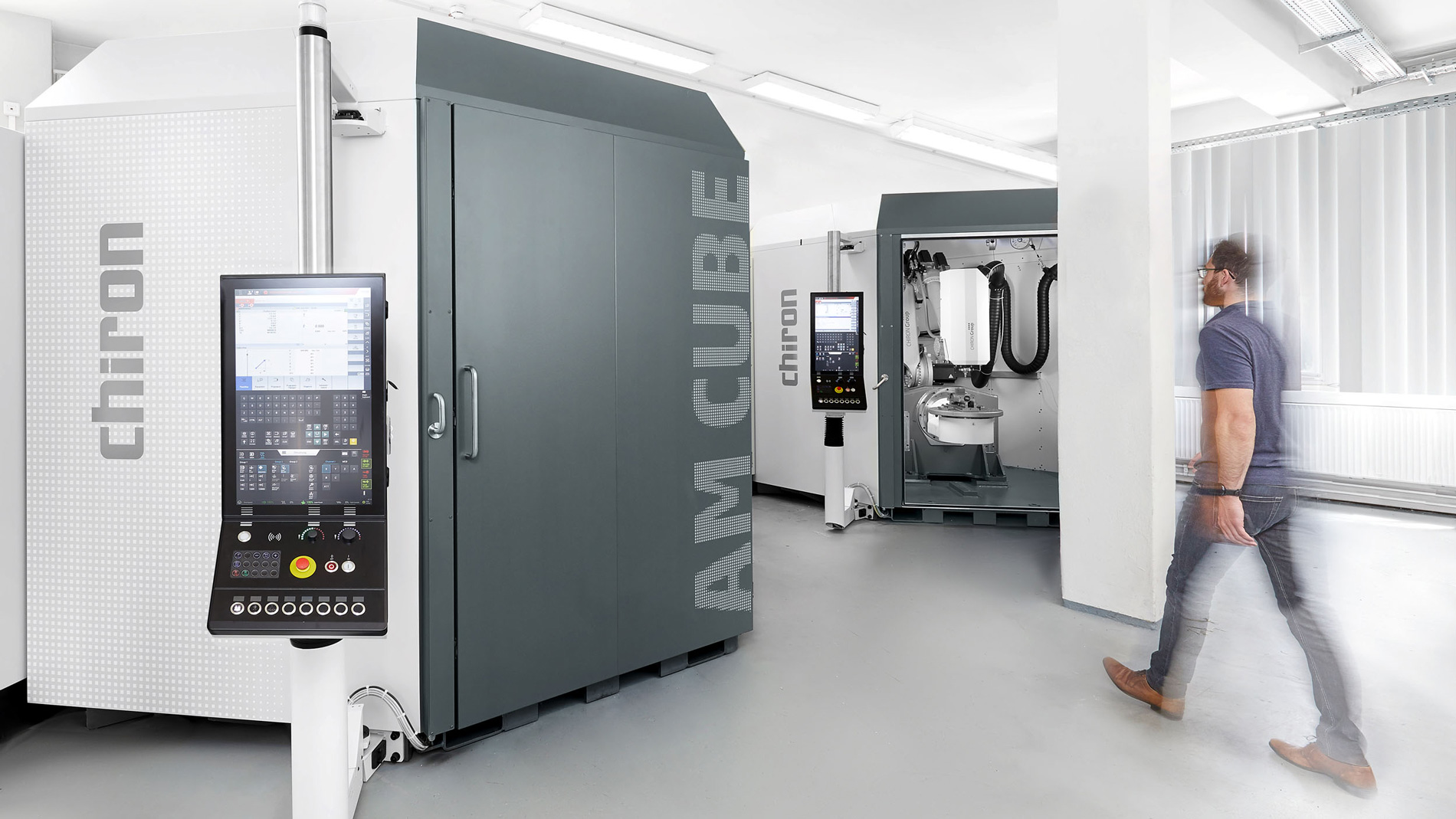
.jpg)
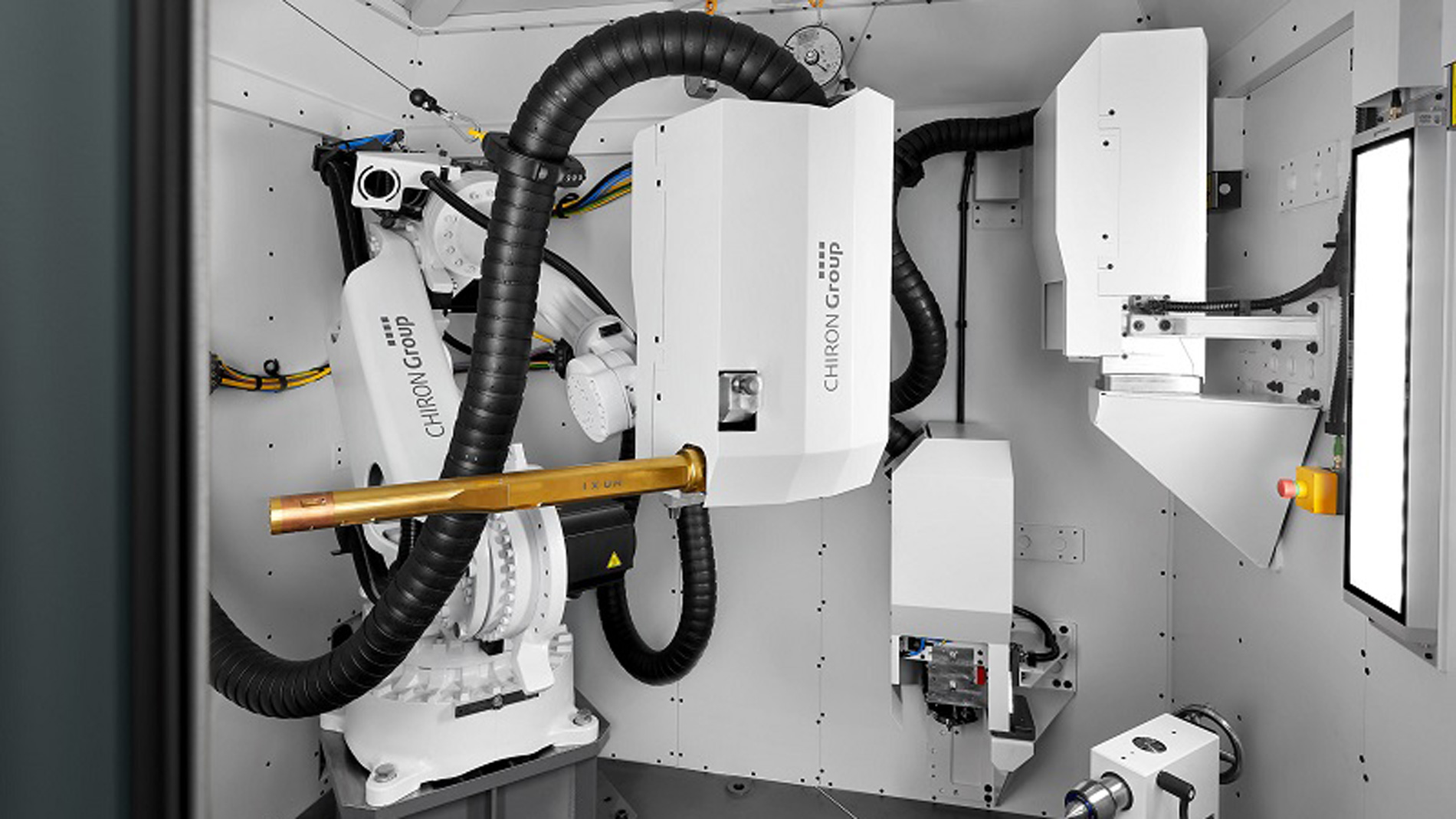
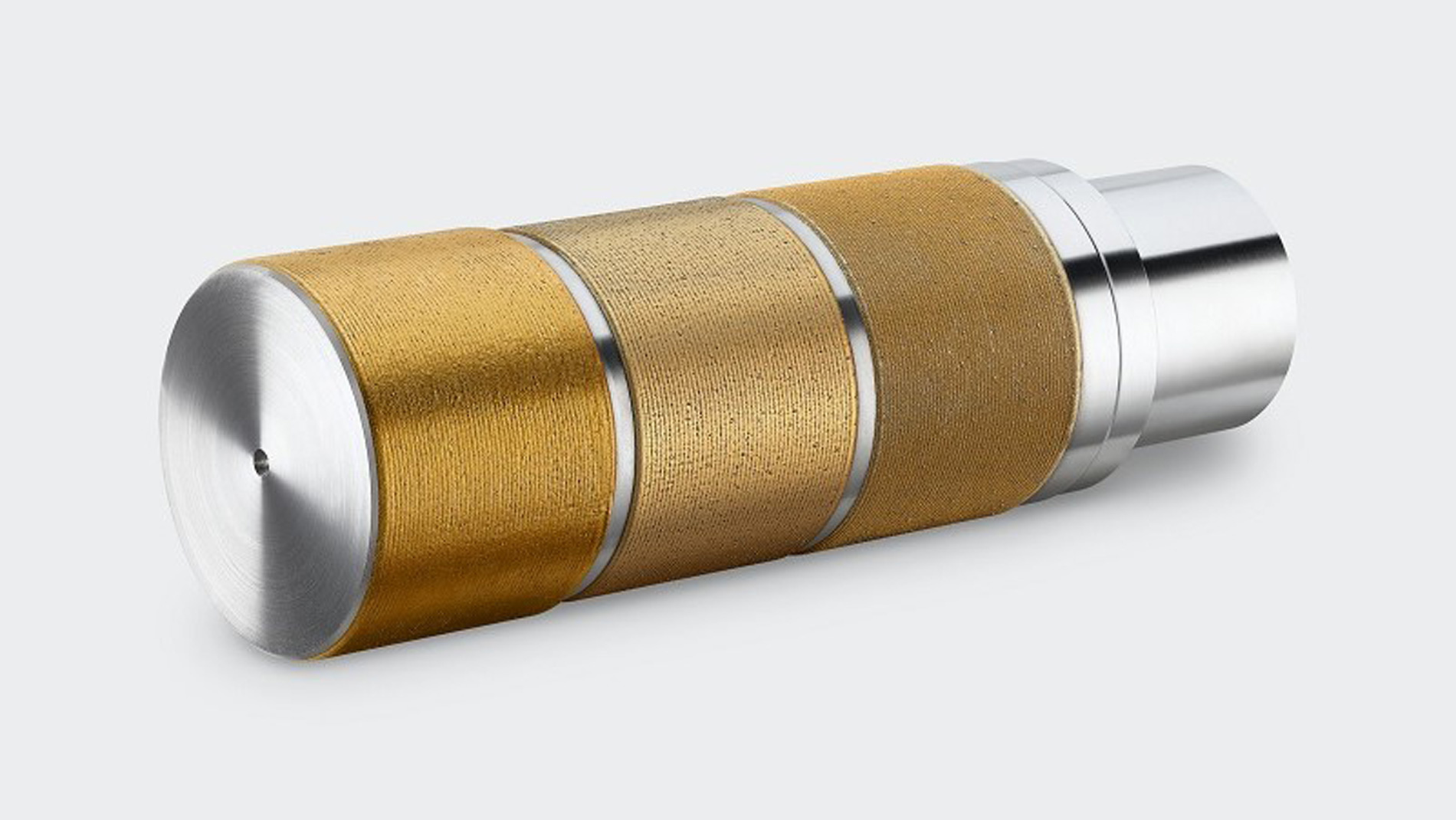
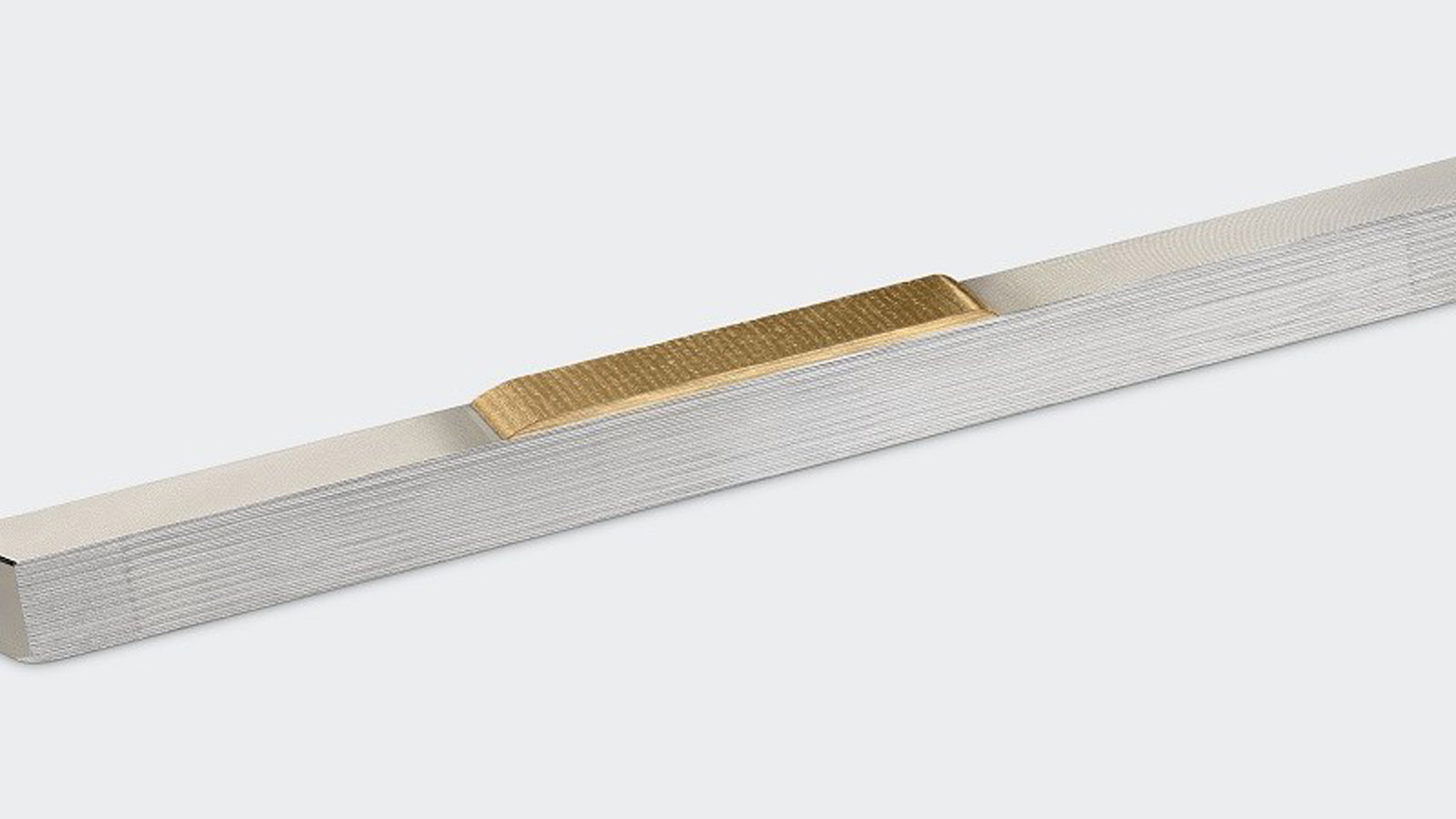
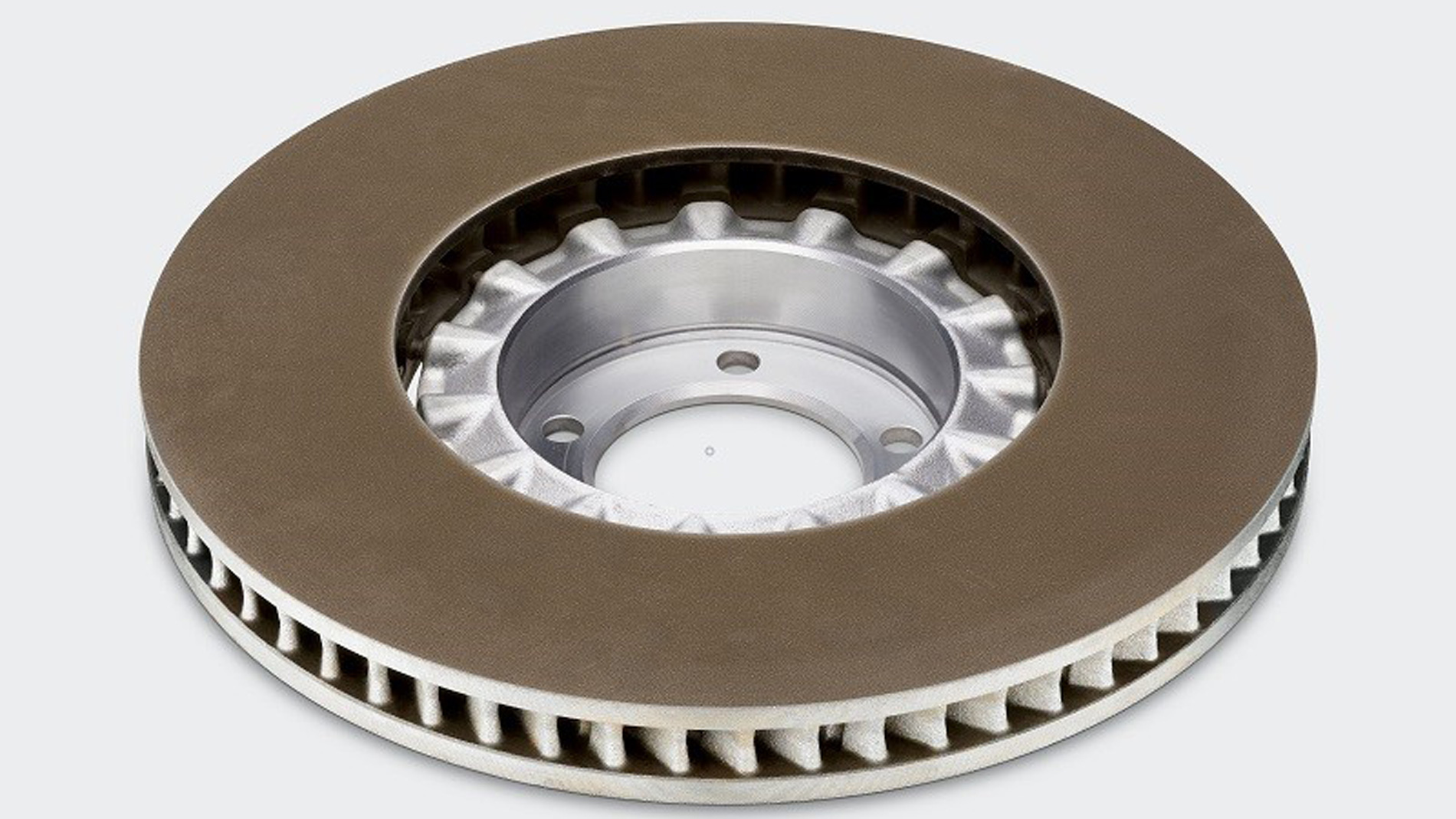
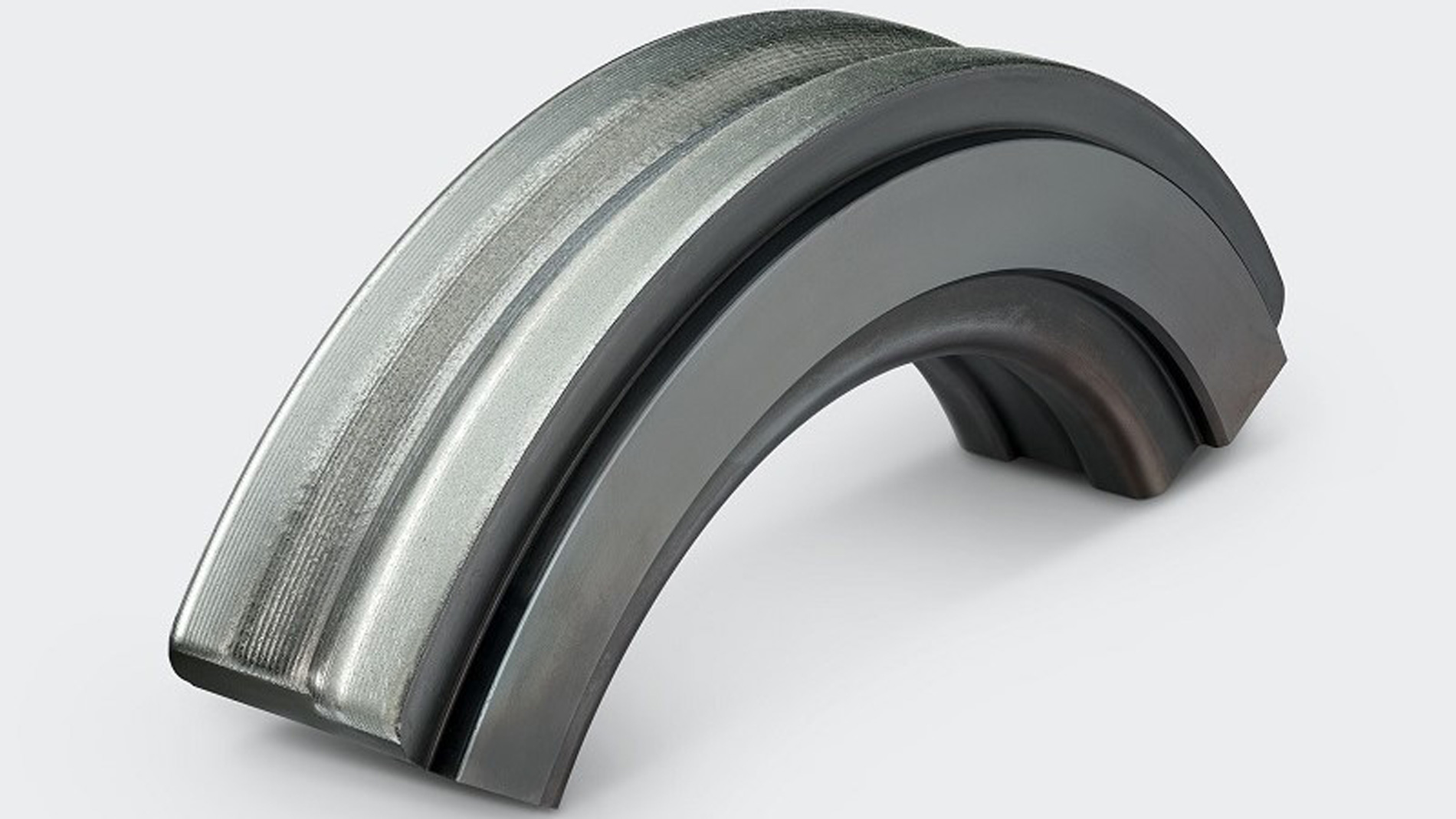

But you do consider Additive Manufacturing to be less complex in comparison?
BOI Yes; 3D Printing doesn’t have to involve a complete disruption, or even the production of three-dimensional components. In principle, 3D Printing is just about adding material, which is something we also do when coating or repairing a part. It’s surprising how many related topics and applications there are.
Many larger companies and corporations have built up their own AM departments, hired specialists, and amassed corresponding expertise. As a technology provider, have you found the market more accessible, especially when it comes to specific projects?
BOI Yes and no – how’s that for a clear answer? I think it’s obvious enough that a bigger company will have more expertise. Small contract manufacturers have an expert or two, but their staff numbers are naturally limited. Meanwhile, most of today’s 3D printing applications are designed for small production runs. These are better suited to smaller companies than to corporations – particularly in the automobile industry. We’re in the middle of a pilot phase involving the AM Cube and a midsize organization, whereas with AM Coating, we’re working with a major corporation on the subject of coating brake discs. We’re finding potential customers in all kinds of areas.
Where are you seeing a lot of potential?
BOI It’s hard to give you an answer there, as well. There are plenty of small contract manufacturers that are just interested in one basic system, but then you’ll have a corporate group that wants to buy 10 units and discuss some very specific requirements. At the end of the day, a large number of uncomplicated customers represent at least as much potential as one big one.
Which is easier to win over?
BOI Put it this way: The smaller a company is, the easier it is to sit down at a table with the people calling the shots. If you find they’re on the same wavelength, it doesn’t take long to get results. The wheels turn quite a bit slower at a large corporation, of course. There are lots of topics you can’t influence from the outside. Budget decisions, political decisions – one area gets funded, another doesn’t.

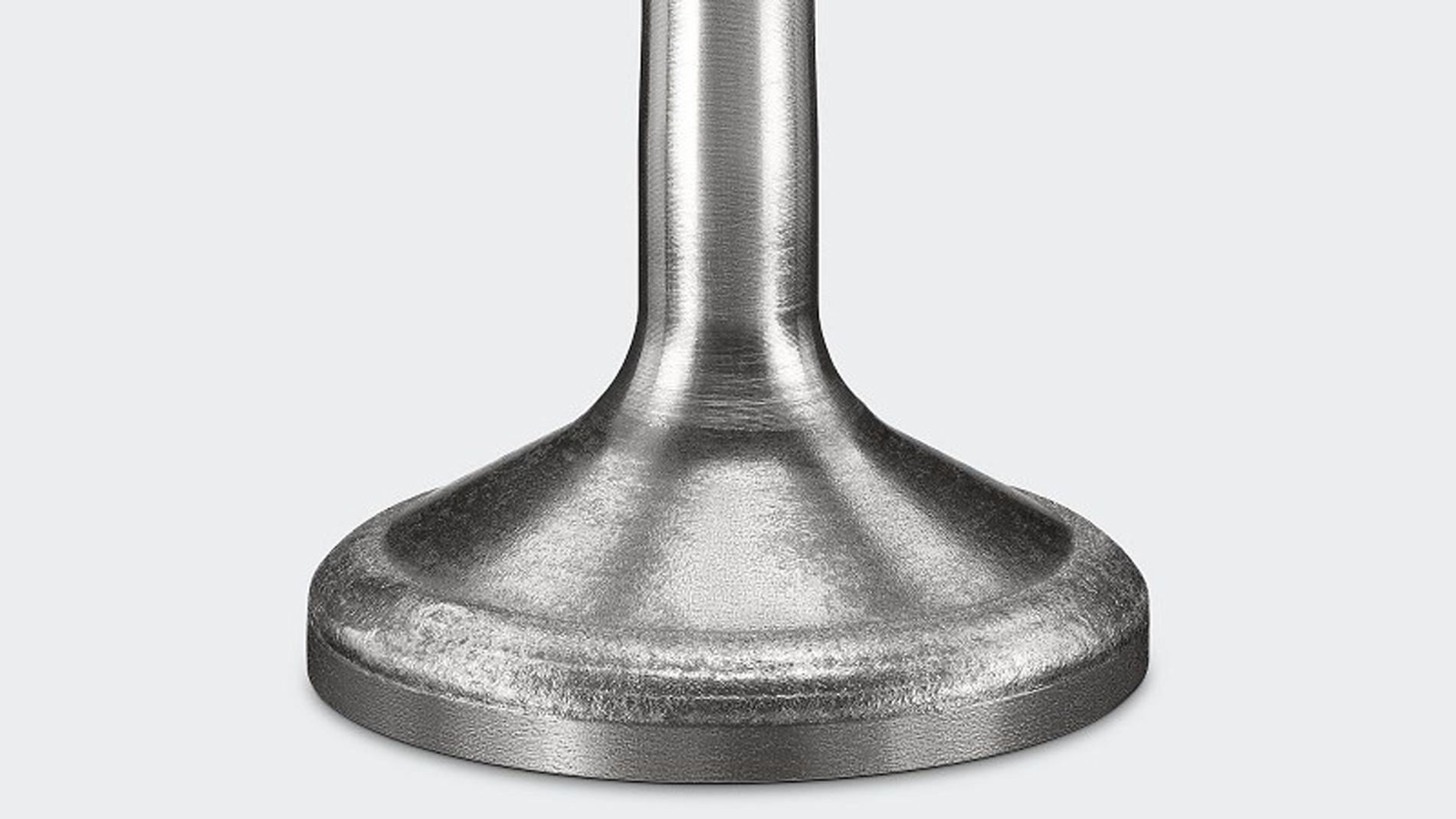
It sounds like you think that smaller companies represent the quicker path to gaining a foothold in AM. What do you consider key when it comes to carrying out a project?
BOI You’re definitely right; with companies of that size, it usually takes less time to get started on actual applications. 3D Printing is an area where there still aren’t a great many applications that really make economic sense. When we can leverage a technical advantage that’s so clear that an end customer will pay for it, that’s an opportunity for us. Many things are possible, but a lot of them can be done using conventional methods, too. If we don’t offer a technical edge, why would a customer be interested? As for the ongoing development of this field, the key is expertise on the customer side. If we have more bright minds exploring the subject of AM, more useful and economically viable applications of the technology will emerge.
You just touched on the idea that Additive Manufacturing needs to be worth the investment in order to succeed. How is the Chiron Group doing in that respect? When do you need to start generating tangible turnover, or even a profit?
BOI We’ve put together a solid business plan with real-world figures, of course, and we’re sticking to it in spite of the pandemic. Without it, we wouldn’t have even been able to get started or secure funding. I can’t reveal any exact numbers, but I can tell you they’re ambitious and I remain confident that we’ll achieve them.
Could you give us a sense of the scale you’re talking about?
BOI As I mentioned, we’re in the middle of a pilot phase and are looking to sell a realistic number of units in 2021. We also want to bring our AM Coating system to market this year. Let me put it this way: Before I took this job, I was the managing director of Chiron’s French subsidiary for 10 years. I’d now like to generate the same amount of revenue in AM as we did there.
Mr. Boi, we wish you the best in that endeavor – thank you very much for talking with us.
CHIRON GROUP
The organization now known as the Chiron Group was founded as Chiron Werke GmbH & Co. KG in 1921. Headquartered in Tuttlingen, Germany, it specializes in vertical CNC machining centers and turnkey manufacturing solutions. Chiron and its 2,100 employees generated €443 million in turnover in 2019. The group comprises the brands Chiron, Stama, and Factory5 (new machines), as well as CMS (retrofitting). Products and solutions for Additive Manufacturing now round out its portfolio.
AM CUBE AND AM COATING
The first AM product from the Chiron Group is the AM Cube, which was first presented in the spring of 2020 and is set to hit the market in January 2021. This laser deposition welding unit can work with both wire and powder and is suitable for use in coating and repairing components, as well as in the near-net-shape manufacture of semi-finished products. The AM Cube is currently undergoing a pilot phase in which it is being used to repair hydroelectric turbines at Stellba AG (Switzerland). The specific applications involve turbine blades, guide plates, and valves. An even newer Chiron solution, AM Coating, is designed to coat brake discs in larger serial operations. The group plans to unveil an initial prototype in the second quarter of 2021.
Tags
- Additive Manufacturing
